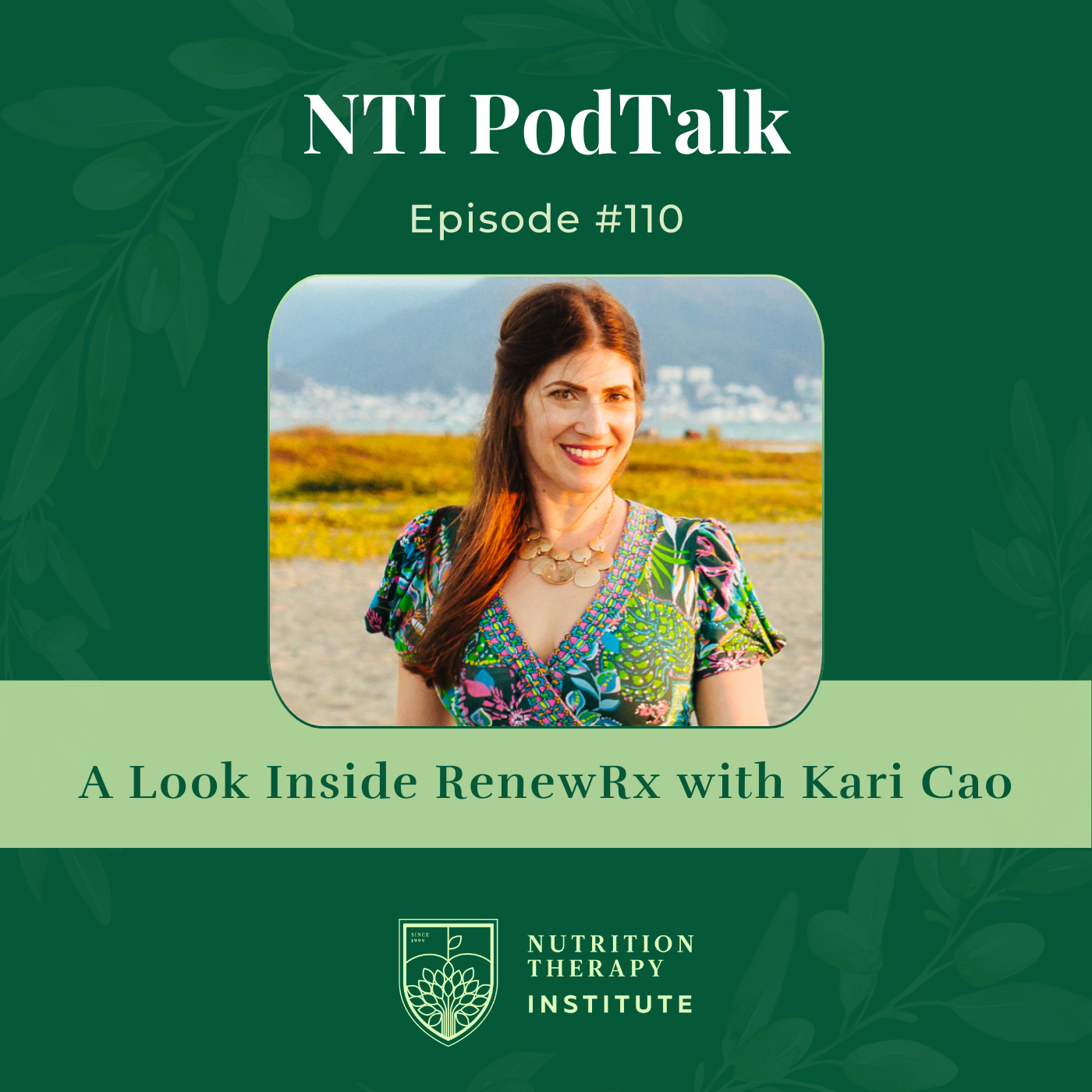
Share this post!
Summer is almost here, which to the delight of many means gardening, golf, picnics, and pool days. As nutrition therapy practitioners, we recommend outdoor activity and access to sunshine as part of a holistic health approach, equally important as adequate hydration, stress management, safe sunscreen and good sleeping habits. There is a reason why a little time in the sun is good for the body and the mind. Sun exposure is critical for vitamin D synthesis and serotonin production, and it even gives you an endorphin boost.
Too Much of a Good Thing
But too much of a good thing can be, well, a bad thing. Sunburns, premature aging, and skin cancer can be the consequence of a bit too much sun-worshipping. Those who live in Colorado, with our year-round sunshine and high altitude, know that sometimes the worst sunburns can happen even in the middle of winter (hello, goggle burn!). While protective clothing and avoiding over-exposure are key to minimizing sunburns, there are times when safe sunscreen is an absolute must.
Unfortunately, thanks to clever marketing and sometimes misleading claims, it can be quite confusing to select a safe sunscreen that does the job without having harmful effects. In the United States, sunscreens have been regulated as a drug by the FDA since 1978, which means that they must meet certain standards before being sold. But that doesn’t mean they are all created equal. Here are some guidelines to help navigate the drugstore aisle when you need to replenish your sunscreen supply.
Know Your Rays
Before we dive into the world of sunscreen, it’s important to understand what sunscreens are meant to screen. Let’s break down ultraviolet radiation:
- UVA rays (think A= aging) penetrate the skin deeper and damage collagen, elastin, and DNA, contributing to wrinkling, hyperpigmentation, and skin cancer.
- They maintain their intensity throughout the year and can penetrate through clouds and glass. UVA rays are the primary source of radiation in tanning beds.
- UVB rays (think B=burning) damage the skin’s superficial layers, causing the tell-tale “lobster look” and play a significant role in the development of melanoma skin cancer.
- Your risk of burning varies depending on the time of day, altitude, geographic location, air pollution, and cloud cover. The color of your skin matters too: fair-skinned people absorb more solar energy than dark-skinned people under the same conditions.
- UVB rays do not penetrate glass and are the strongest between 10 am and 4 pm from April through October.
- UVB is what reacts with cholesterol in the skin to produce vitamin D. So, if you are hoping to get a vitamin D boost from the sun, it won’t work if you’re indoors behind windows, in a car, or dressed from head to toe.
READ MORE >>> Sunlight: A Powerful Health Tonic
Higher SPF doesn’t necessarily mean better protection
SPF, or sun protection factor, is a relative measure of the amount of UVB radiation the product can screen. It’s not uncommon to see sunscreen marketed as SPF 100, and many consumers believe that the higher the SPF, the better. That’s not entirely true. Note that UVA radiation is not factored into a sunscreen’s SPF rating. An SPF 15 sunscreen screens 93% of UVB rays; SPF 30 protects against 97%; and SPF 50, 98%. Any more than SPF 50 provides negligible additional protection and may encourage wearers to spend more time in the sun than they should. The key to any sunscreen’s effectiveness is reapplying every two hours because sunscreens wear off and become less effective over time.
Look for broad-spectrum
As mentioned above, both UVA and UVB rays contribute to cell damage and skin cancer, but SPF only measures protection from UVB rays. That’s why it’s important to look for a sunscreen that is labeled “broad spectrum,” meaning that it screens both types of UV radiation. To achieve adequate UVA protection, a sunscreen must have either zinc oxide, which is a mineral that physically screens UV radiation, or avobenzone, which is a chemical that absorbs radiation before it hits the skin. Many consumers prefer mineral-based sunscreens because they are less likely to cause skin reactions, are more stable, and don’t absorb as readily into the bloodstream. Just be sure that your mineral sunscreen contains at least 15% zinc oxide, as titanium dioxide doesn’t provide broad spectrum protection on its own.
Harmful Sunscreen Ingredients to Avoid
When selecting a safe sunscreen, read the ingredients label and avoid the following:
Products that contain retinyl palmitate
Up to 15% of sun care products contain retinyl palmitate which is a controversial ingredient. Several animal studies have suggested that retinyl palmitate can speed the growth of cancerous tumors when applied to skin exposed to sunlight. It also increases cell turnover, leaving skin more vulnerable to UV rays.
Any aerosol or spray sunscreens
The ingredients can be irritating or even harmful to inhale, and coverage tends to be lighter and more uneven when using these products.
Avoiding sunscreens with oxybenzone (aka benzophenone-3)
Benzophenone-3 is added to about 65% of chemical sunscreens and is also found in nail polish, hair spray, and fragrances. Although the FDA maintains that it is safe, there are several reasons why you may want to buy products without oxybenzone:
- It commonly causes contact allergy dermatitis (producing redness, swelling, itching, and blisters) and was named Contact Allergen of the Year for 2014 by the American Contact Dermatitis Society.
- It is readily absorbed into the bloodstream and stored in the body, and in animal studies it has shown endocrine disrupting traits.
- Oxybenzone is suspected to damage coral reefs and aquatic life, so much so that the state of Hawaii has introduced legislation to ban the sale of sunscreens that contain it.
For specific product recommendations, the Environmental Working Group (EWG) publishes a guide to safe sunscreens every year that includes both mineral and chemical products, moisturizers with SPF, and lip balms with SPF. When looking at the ratings, lower numbers are better, indicating the product’s health hazard score. With this guidance, you are sure to find a product that suits your needs. Now get outside and enjoy the summer!
-Cadie Berrian, BA, MNT
Related reading…
Vitamin D: The Sunshine Prohormone
Making the Most of Vitamin D During the Summer Months
Spring Cleaning with DIY Products
Toxin-Free Cooking with the Right Pots and Pans
Share this post!




















